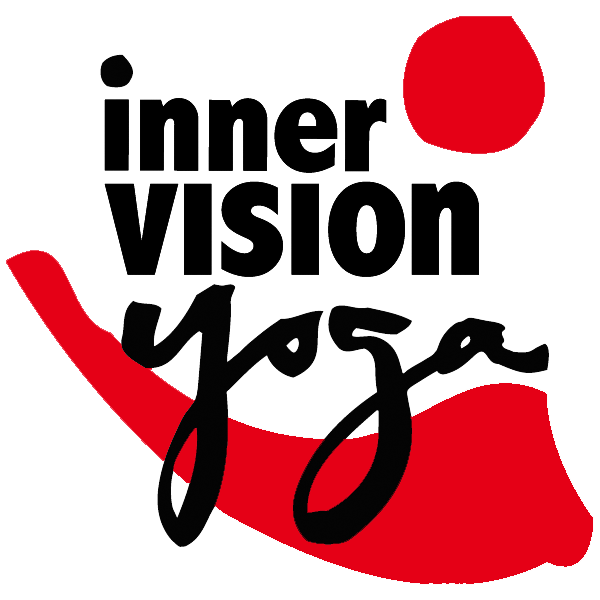 Yoga and Healing the Spine
Yoga and Healing the Spine
Q: I am busy 36 year old mother of two young boys and a business owner. For as longs as I can remember I have suffered from low back, butt, hip and leg pain. Any advice? I have no idea why I’ve ignored the pain and tried to push through it by adding more physical activity to my plate despite the pain I was in. Last week I found out I have degenerative disc disease. An MRI showed a herniated/torn disc, bulging disc and arthritic conditions on my spine. I feel like more than ever I need yoga for emotional reasons and I’m commited to taking the time I need to feel better. I’ve read that heated yoga can really help with herniated discs/chronic pain. My physical therapist seems to feel that it could help as well. I also was wondering if a one on one session might be a good idea?
A: In a recent study of emergency room patients it was discovered that the majority of people coming into the ER had bulging or herniated discs — even if they were in for a stomach ailment or something totally unrelated to back pain, of which they were not aware of. The spine regularly gets these conditions, it seems, and they are ‘repaired’ by the body as time goes on under optimal conditions. Good diet, reduced stress (which reduces inflammation) and the gentle full movement of joints (including spine). Inter-vertebral discs are gently compressed, stretched, squeezed and realigned in all directions subtly in a yoga practice.
Your willingness and commitment to a healing yoga practice and taking the time necessary to heal yourself is a huge shift from pushing through things. This intention alone is evidence of a significant change in your life and a great start to making peace with your body.
The spine is meant to move in all directions, forward and backward, side to side. It is good to move all of our joints, including the spine, through their full range of motion – it is how they stay lubricated, unrestricted and healthy. This is important because after our early 20s when we no longer get a blood supply to these discs, the only way these discs receive nutrients and expel ‘waste’ is through the gentle squeezing and expansion motion of movement.
Often times with pain we limit our range of motion and the surrounding fascia tightens up, creating even more pain and limitation. Yoga’s gentle, yet powerfully focused movements help to go beyond this scenario and bring motion to the surrounding tissue, increasing blood supply, reducing inflammation and re-establishing correct range of motion.
Yoga in general promotes this healing direction. Slower classes with opportunities to move your body in a way that is different from your old established patterns. Holding poses a bit also offers the opportunity to really move into and heal these areas with greater awareness. Heated yoga in particular often can lead to a greater ability to stretch in the warm environment with less pain, thereby making it easier to go a little deeper and achieve more of the compressing/extending full range of motion in all directions, Yin poses over time help to re-establish the correct spaciousness of the fascia which constricted due to chronic conditions and limited our range of motion. Level one classes can help work on alignment and grounding issues which may exacerbate or even help to cause the difficulties we are experiencing.
Private lessons could help, though you want to find a teacher who is experienced in a multi-dimensional approach to healing. More important than private lessons is a regular practice of at least three and preferably more times per week to help the body reestablish its healing integrity and a healthy state of mind. The practice must be regular, consistent and done with applied gentle effort but without forcing. It can also help to look at the mental or emotional components accompanying any painful condition as they may be indicative of held emotion or trauma in the body as well. You say that you may have a tendency to push or stuggle a bit in the face of your pain. Rather than trying to push it away right away see if you can be present with the pain a bit and actually listen as if it had something to say about your habits or the way you see yourself or approach certain issues in your life. These underlying emotional patterns can oftenb create physical consequences in the body. Journaling after your classes can be a help here. These issues will naturally rise to the surface and become easier to deal with as yoga makes us more aware of the body-mind relationship.
Jeff Martens is a teacher, writer and co-owner of Inner Vision Yoga. All suggestions are voluntary. Consult a qualified teacher or your physician before you embark on any practice in which you are unfamiliar.
Do you have a question you’d like to ask? e-mail us by clicking here.
More Ask the Yogi questions answered – click here.
